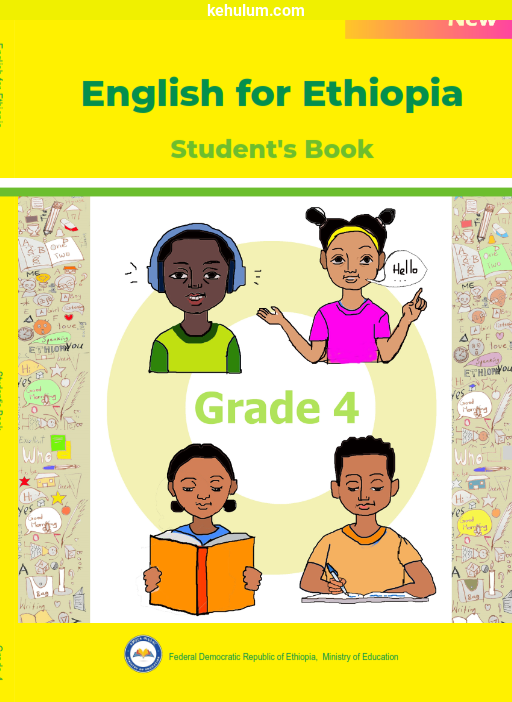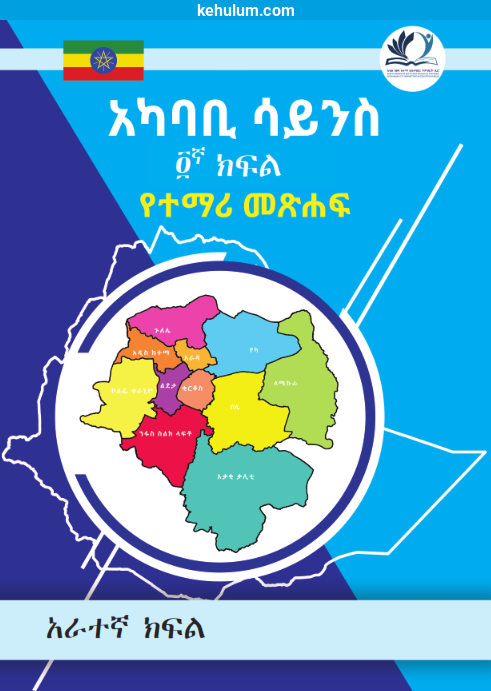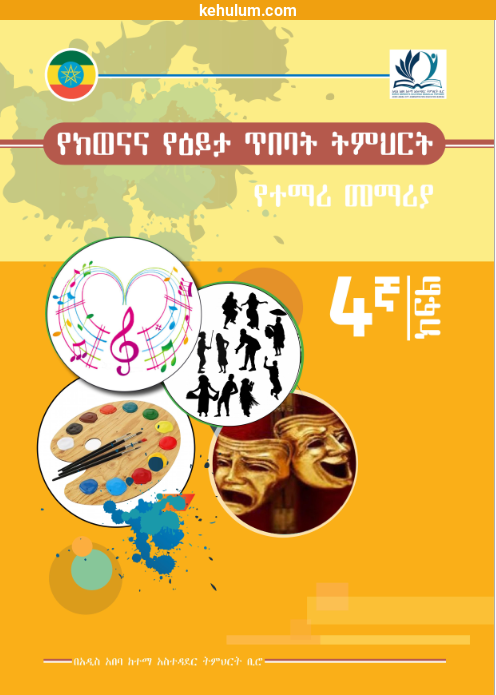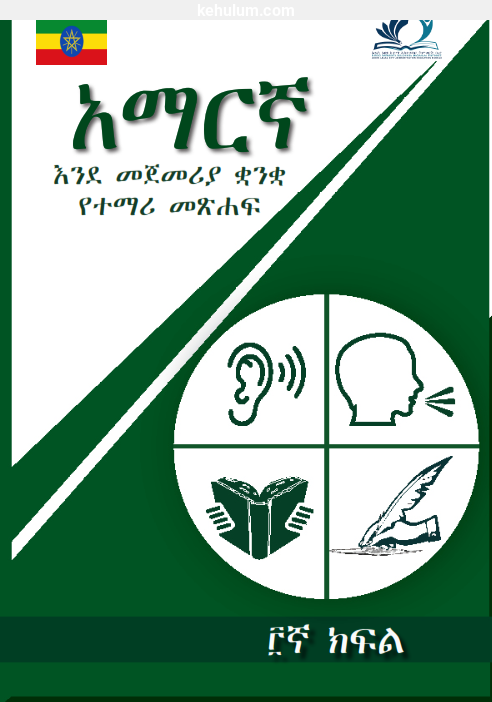The Ethiopian Grade 4 Amharic Student Textbook under the new curriculum is designed to build students’ communication, reading comprehension, and writing skills while fostering moral values and social awareness. Each chapter integrates listening, speaking, reading, and writing exercises with practical life lessons that reflect Ethiopian culture and environment.
The Ethiopian Grade 4 Amharic New Curriculum has 10 chapters. They are:-
- ምዕራፍ አንድ – የአካባቢ ጥበቃ (Environmental Protection)
- ምዕራፍ ሁለት – የመንገድ ደህንነት (Road Safety)
- ምዕራፍ ሦስት – መረዳዳት (Help / Understanding)
- ምዕራፍ አራት – ስርዓተ ፆታ (Gender)
- ምዕራፍ አምስት – ጉብኝት (Tour)
- ምዕራፍ ስድስት – ስፖርት (Sports)
- ምዕራፍ ሰባት – ውሃ (Water)
- ምዕራፍ ስምንት – መደራደር (Negotiation)
- ምዕራፍ ዘጠኝ – መገናኛ ብዙኃን (The Media)
- ምዕራፍ አስር – ንግድ (Business)
Chapters Overview
Chapter 1: Environmental Protection (የአካባቢ ጥበቃ)
Students learn to express ideas about protecting their environment through listening and reading activities. They identify the main idea of passages, define words in context, and write compound sentences using conjunctions. The focus is on environmental awareness and responsibility.
Chapter 2: Road Safety (የመንገድ ደህንነት)
This chapter teaches road safety rules through songs, readings, and discussions. Students relate new words to their daily life and practice sentence formation using linking words, promoting awareness and safety in their communities.
Chapter 3: Help / Understanding (መረዳዳት)
Students listen, retell, and summarize short stories about helping others. They identify main ideas and practice forming complex sentences using suffixes and connectors, building empathy and language accuracy.
Chapter 4: Gender (ስርዓተ ፆታ)
Through texts and discussions, students explore gender roles and equality. They describe what they read, explain the purpose of articles, and form sentences using verbs and borrowed words, promoting understanding and respect between genders.
Chapter 5: Tour (ጉብኝት)
Students share oral reports about tourist destinations, read and interpret passages, and write descriptive sentences using adjectives. This chapter connects language skills with appreciation for Ethiopian heritage and geography.
Chapter 6: Sports (ስፖርት)
Students participate in conversations about sports, expand vocabulary, and construct grammatically correct sentences. They learn teamwork, discipline, and the value of physical activity while improving verbal expression.
Chapter 7: Water (ውሃ)
Students engage in dialogues and debates about the importance of water. They write descriptive sentences, compose short reflections, and understand the social and environmental value of clean water.
Chapter 8: Negotiation (መደራደር)
Through reading and role-play, students practice communication and problem-solving. They learn to express opinions politely, write school rules, and understand word formation by removing suffixes.
Chapter 9: The Media (መገናኛ ብዙኃን)
Students listen to recorded messages, read comprehension passages, and write short paragraphs. They analyze how media conveys information and practice using dependent clauses in writing.
Chapter 10: Business (ንግድ)
Students discuss business topics in groups, summarize main ideas, and write short essays. They identify words with multiple meanings and use suffixes to form complete, meaningful sentences.

















